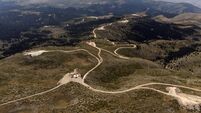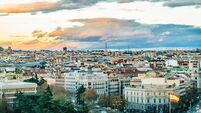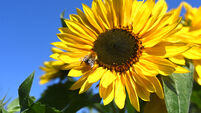Plastic grass: Low-maintenance fuss-free greenery — or a menace to the environment?
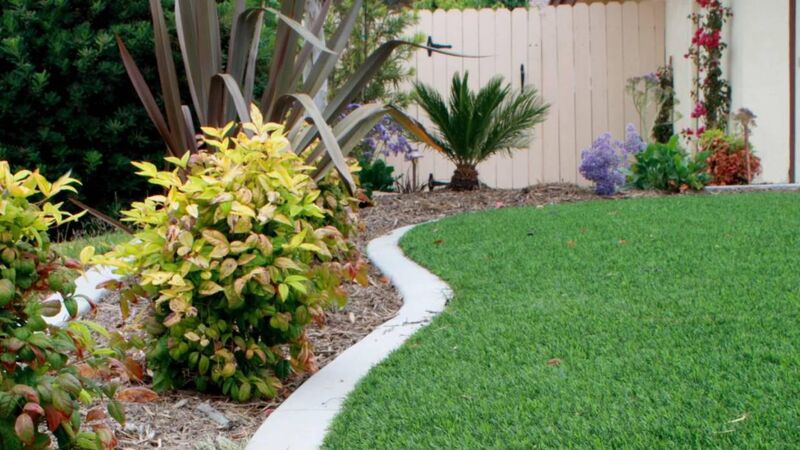
The idea of durable low-maintenance fake grass is attractive but environmentalists say it is not as fuss-free as we may believe — and it has several drawbacks that ought to be considered if anyone is thinking of installing it
A Bord Bia spokesperson confirmed: “Bord Bia Bloom actively discourages the use of artificial grass in any on-site activation from sponsors on-site, and there are no artificial grass providers registered to exhibit at this year’s event.”
The garden designers at Bloom are also unlikely to use plastic grass this year, the spokesperson said: “Bord Bia Bloom actively encourages show garden designers to use natural materials where possible.”
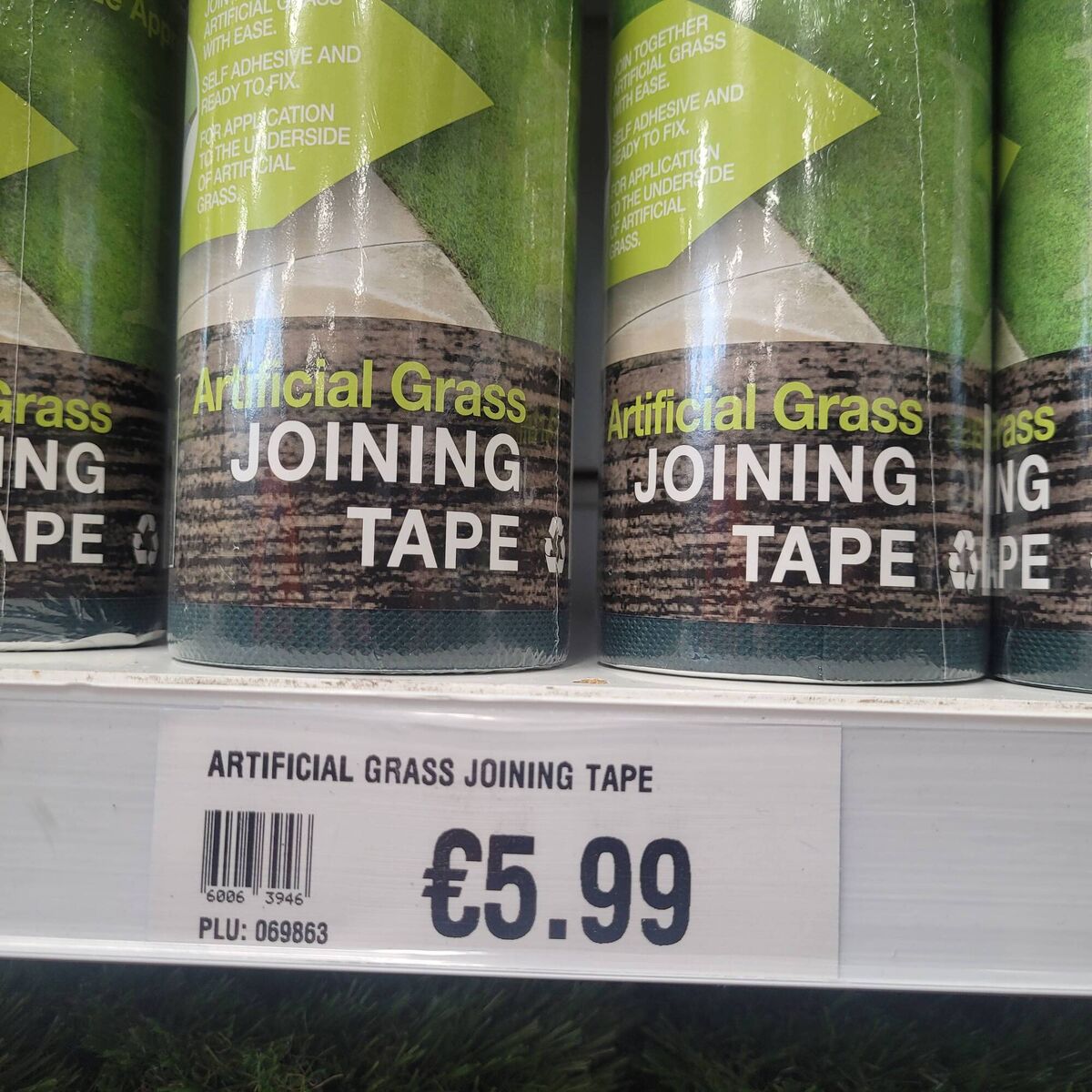
Referring to last year’s festival when some visitors and environmental experts said they were disappointed to see plastic grass on display, the spokesperson said: “There are some instances, such as at last year’s event where an exhibitor requested that a very small section of an accessible garden feature artificial grass as natural grass would not have supported the weight of a mechanised wheelchair. However, we strongly recommend to all of our designers that they incorporate natural, sustainably produced plants and grass in their gardens.”
Overwhelmingly, experts in biodiversity and environment are calling to ban the use of plastic grass, or put prohibitive tax on it.
The installation of artificial lawns and shrubbery offers convenience but nothing else. The materials used contribute to pollution and the finished product offers nothing but damage to biodiversity.
Synthetic plants are made from petroleum and fossil fuels used in their manufacture generate pollution that damages soils, plants, insects, birds, and mammals.
Visually, the effect is ugly, and reflects a lack of care for the natural environment. It highlights the disconnect from nature and the idea that natural surroundings are inconvenient rather than a source of wonder and pleasure.
I have observed an increase in the use of artificial lawns and plastic shrubs in tubs, and my reaction is to ask why. What is the appeal?
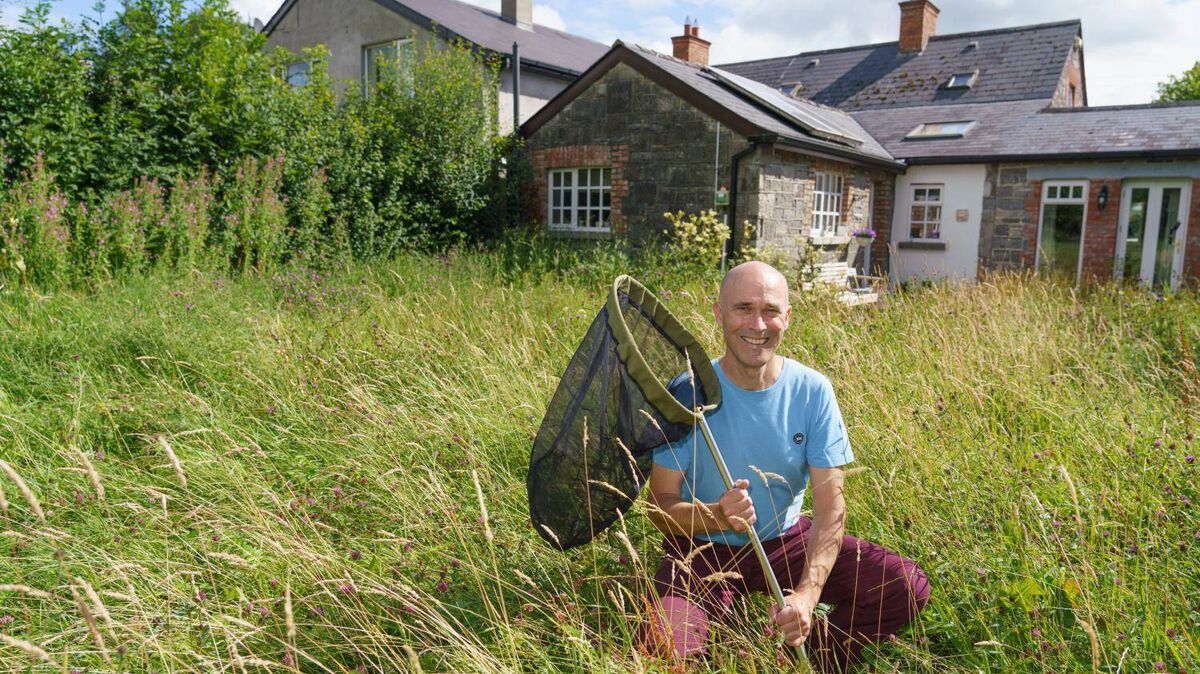
Artificial plants look tasteless and cheap. Even those that appear lifelike show an unvarying flat, empty gleam. Sanitising one’s surroundings might be a motivation. Bizarrely, the use of artificial lawns is promoted as a response to climate change, as these do not need watering during drought. The irony of promoting materials that produce climate-warming gases as a solution is exasperating and perverse, an offence to common sense.
There has been an incremental advance in the appearance of synthetic plants. We used to see artificial house plants, such as lilies for indoor vases, progressing to potted shrubs and now to outdoor shrubs and lawns.
On one journey through a local housing estate, I counted the number of hard surfaces replacing grassed gardens, which proved to be two-thirds of the outdoor spaces observed. This trend appears to be influencing new housing developments, with hard-surfaced front gardens or with no front-of-house space, just adjoining on-street parking slots.
There are studies that show links between the decline in butterfly species and atmospheric nitrogen deposition, some of this caused by burning fossil fuels to make artificial plants.
There is no pressure to produce food crops in gardens, so there is no need to apply nitrogen fertilisers which create nitrous oxide, a greenhouse gas that has 300 times the heating power of carbon dioxide. Gardens can be a haven for species fleeing the onslaught of chemically-mediated farming, but only if we grow native grasses, flowers, shrubs and trees in our gardens.
Butterfly Conservation Ireland has found that about half of our butterfly species visit butterfly-friendly gardens, and around one-third of our butterflies breed in gardens containing the right plants and conditions.
A plastic garden has no appeal for our wildlife.
The convenience argument for artificial grass can be answered by using low-maintenance alternatives such as pea gravel sown with drought-tolerant native plants such as kidney vetch, bloody cranesbill and common birdsfoot trefoil — all great for pollinators and providing a long flowering period giving colour and texture from May to October. There is no such thing as effortless management.
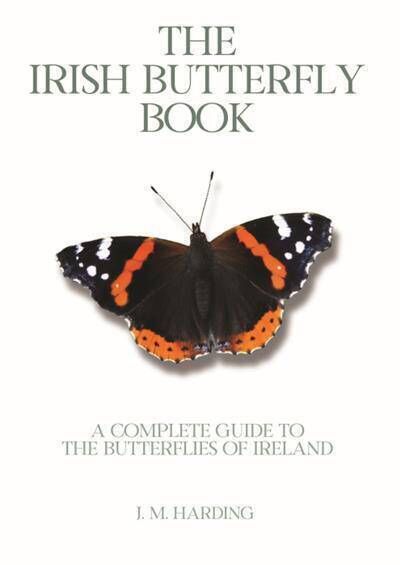
While spot weeding is needed in a gravelled garden, it is also a requirement in artificial turf, where weeds will appear, despite the promise of maintenance-free convenience.
I would like to see the use of artificial plants banned or at the very least subject to high taxation to take account of the environmental damage involved in production and use of such material. The use of such materials accelerates biodiversity loss; any activity that creates environmental damage should be discouraged or banned.
I have noticed an increased use in artificial grass/plastic grass especially in urban gardens. I feel a deep sense of disappointment.
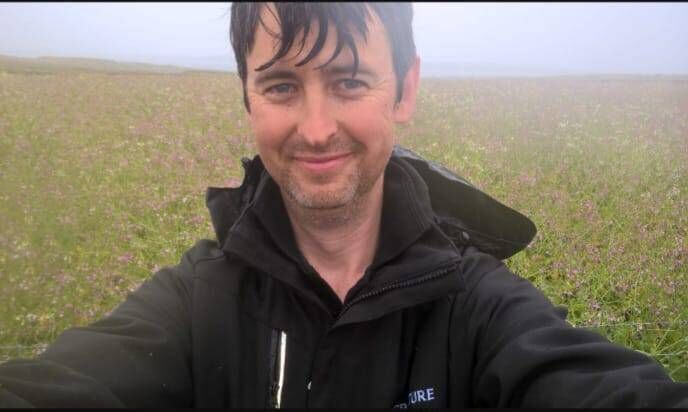
Give me one argument in favour of plastic grass and I’ll give you 10 arguments against.
Home gardens are a wonderful space for people to interact with nature.
Take the garden rewilding movement — from No Mow May to native wildflowers and pollinator-friendly planting — we have seen people embrace their connection to the natural world with miniature wildlife sanctuaries outside their door.
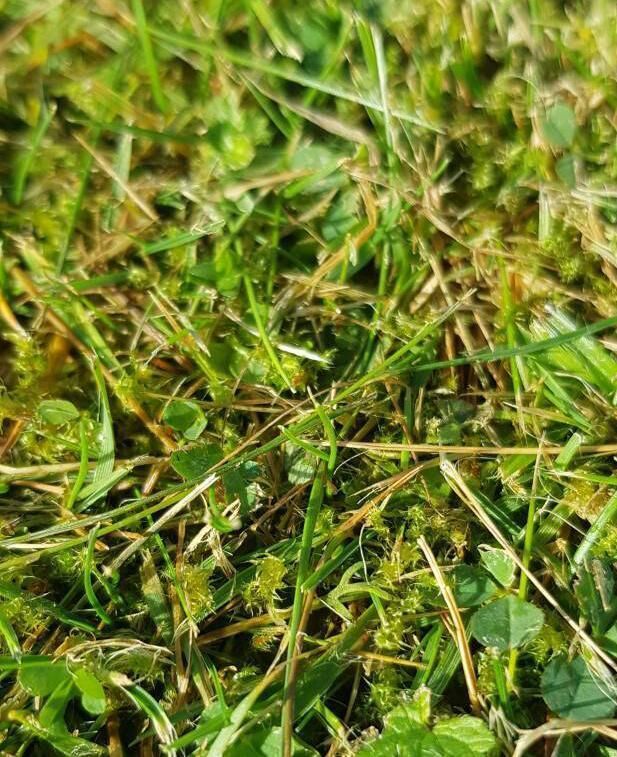
I met someone only last year who was considering plastic grass for their small front garden, and I took the opportunity to convince them otherwise.
Why?
Because every space lost to nature is important. Biodiversity loss is such in Ireland and globally that every little bit counts. That front garden is in a suburban area that’s getting increasingly built up. Of particular concern in such areas is the increase in hard non-water-retentive surfaces.

Every area under a roof, a hard landscaped area, paved or tarmacked, or covered in plastic is an area that rainwater runs off of. This then means that the water has no soil to drain down into or be absorbed by plants and accumulates instead together to cause floods. This will be an increasingly important issue as the climate changes and rainfall events become more extreme.
It is vital that we hold onto the few natural green spaces left around houses and housing estates, and increase the amount of natural green spaces in cities and towns.
My first thought if someone says they are thinking of getting plastic grass and artificial shrubs? Don’t do it.
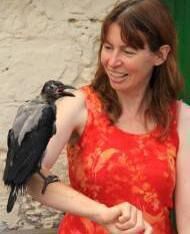
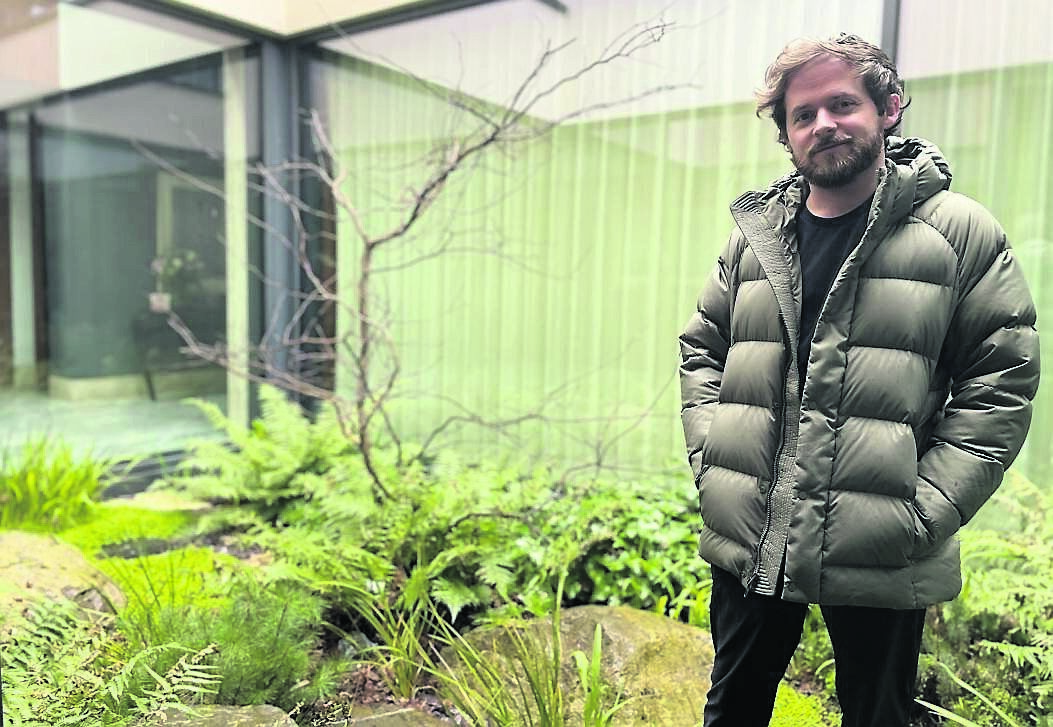
The majority of artificial grass products are made from polyethylene, from which most secondary microplastics are made. These are the most dominant type of plastic found in marine environments.
If someone says they are thinking of getting plastic grass and artificial shrubs or if I spot an area with it freshly installed, I try not to jump to conclusions.
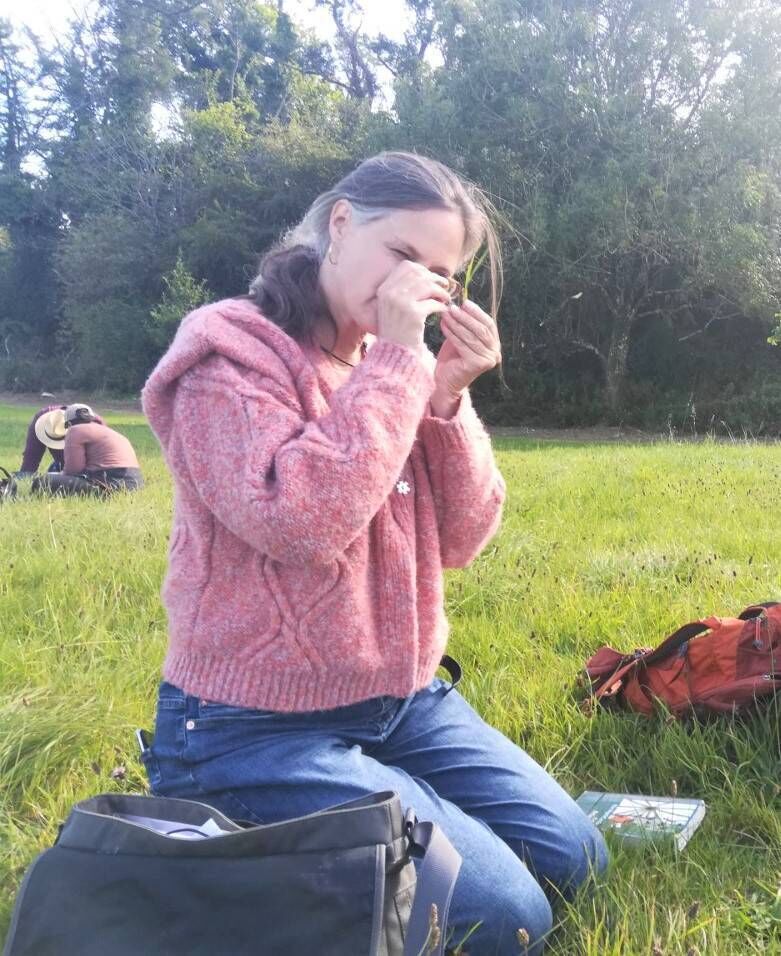
- We have no policy on artificial lawns and to the best of our knowledge no tenant has installed an artificial lawn on their property. There is a requirement on their tenancy agreement that they must first seek out approval before they make any changes or additions to their property (other than the standard maintenance etc).
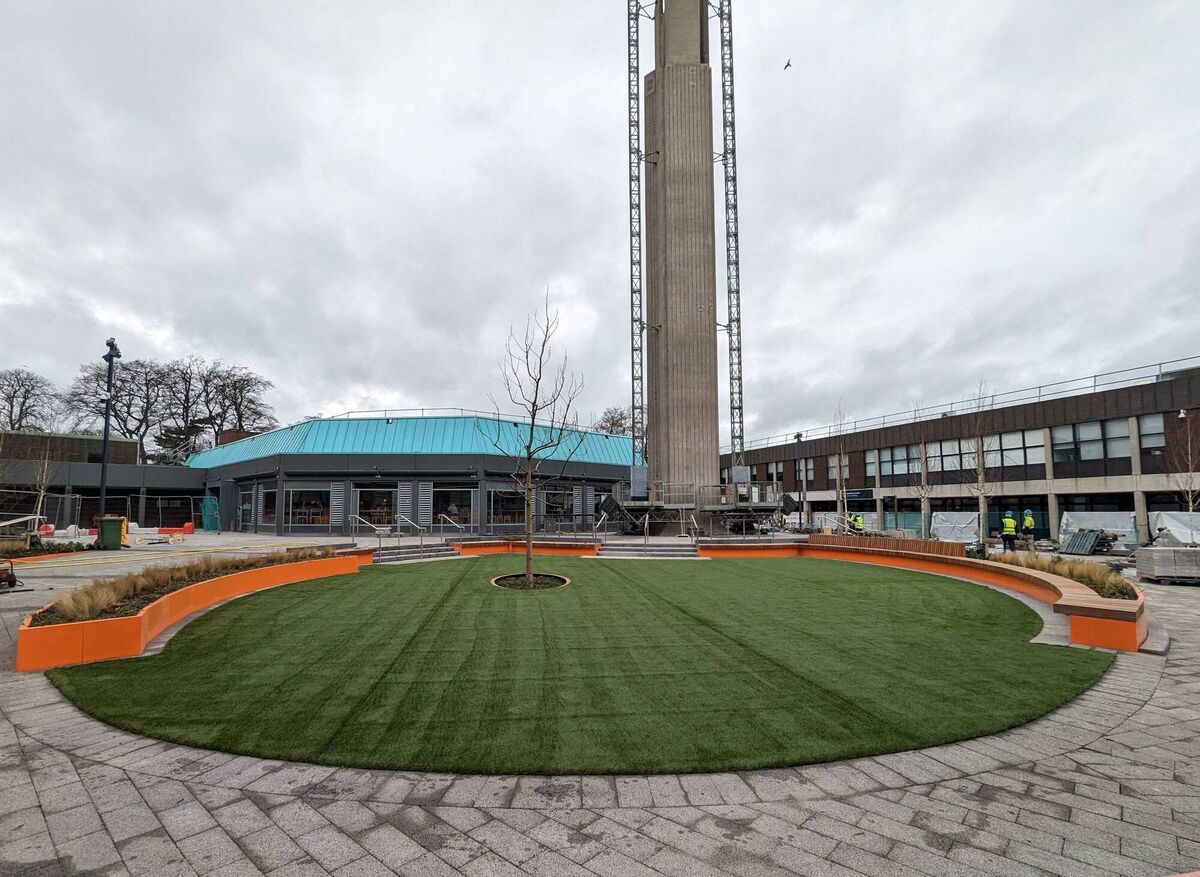
-
: There is nothing specific with regard to artificial lawns in the Tenant’s Handbook, however the handbook states that tenants are responsible for the control of any plants and trees in the garden. Leylandii trees are not permitted because of potential problems with overgrowth of this species.
In terms of Waterford City and County Council’s parks and public realm spaces there is only one site (University Hospital Waterford roundabout) that has a small patch of artificial grass, as part of an installation on the roundabout. Waterford City and County Council recognises the contribution that natural green spaces make to the environment.
Bringing nature, particularly into urban areas, has the effect of protecting and enhancing natural ecosystems, and natural green spaces provide better soil quality and stability, helping to prevent run-off. - : Cork County Council does not have a policy in place in relation to this matter but does not generally install artificial grass in Council properties. The only exception would be in one-off situations for visually or mobility-impaired tenants who cannot maintain garden space within their property.
- : The issue of artificial grass has not arisen formally as of yet. There is a requirement on tenants to obtain Council permission for any improvements, alterations or additions which would include artificial lawns. The Tenants handbook state that you must get written permission from the Housing Dept before starting any improvements, alterations or additions to your home. Kerry County Council has not installed artificial grass in any of its Corporate Facilities.
- : There is no policy in place in Housing regarding artificial lawns. Any tenant changing a garden type would need prior approval of the Housing Department.
-
: The Parks Department has no policy around the use of artificial grass. Housing have a general policy that states if you want to make any structural changes that you consult the Council beforehand. This is more from a point of view of long-term maintenance and issues arising and possible insurance claims and not necessarily from the point of view of the environment.
Separately, a Biodiversity Plan for the City was prepared in 2012. The aim of the plan is “To maintain, protect and enhance the biodiversity of Limerick City for future generations and to educate and promote the importance of Limerick City’s biodiversity for all.” - : Confirmed it uses artificial turf at several multi-use games areas (MUGAs) in the county, including at Seaview Avenue, Arklow, Tinahely, and Little Tern Park, Kilcoole.
-
: Dublin City University currently maintains two full-size all-weather 3G artificial pitches which are used extensively by students and local communities and sports clubs, including CLG Na Fianna, Drumcondra FC, Bohemians FC etc. DCU has a number of five-a-side soccer pitches on its Glasnevin campus that are based on an artificial grass surface. We also maintain two full-size GAA grass pitches and rugby and soccer pitches.
In addition, recyclable artificial grass is installed to replace a concrete surface in a single location on campus (ca 1.5% of the area of a GAA pitch) where we cannot use soil because of underground services infrastructure. DCU’s sustainability charter notes the university’s commitment to making decisions that lead to a zero-carbon organisation, and to embedding sustainability at the core of the university. This month, DCU will host its first Climate Justice Week for staff and students. - : Other than on facilities such as all-weather sports pitches, MTU does not use artificial grass. There are three all-weather pitches across MTU campuses at Bishopstown, the National Maritime College of Ireland in Ringaskiddy and the MTU Kerry North Campus.
- : A UCC spokesperson said there is no artificial grass on campus.
CLIMATE & SUSTAINABILITY HUB





